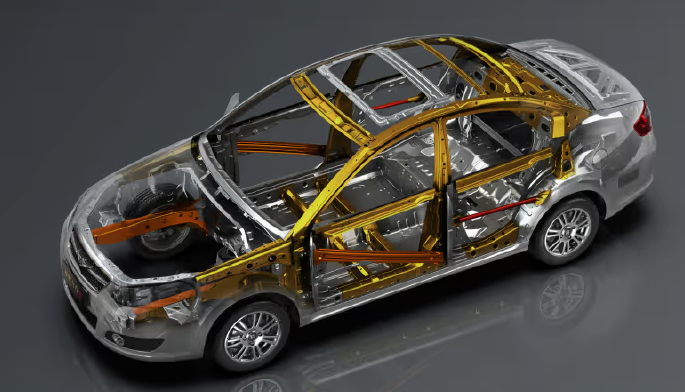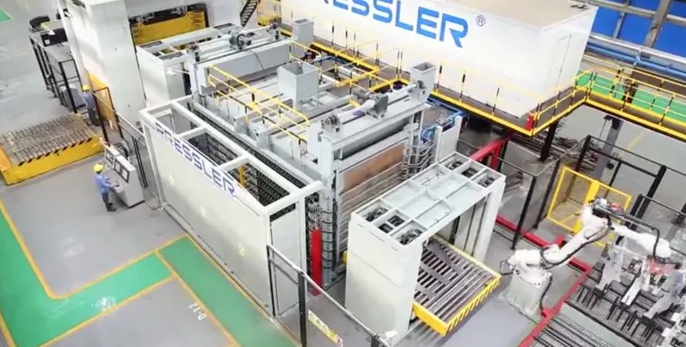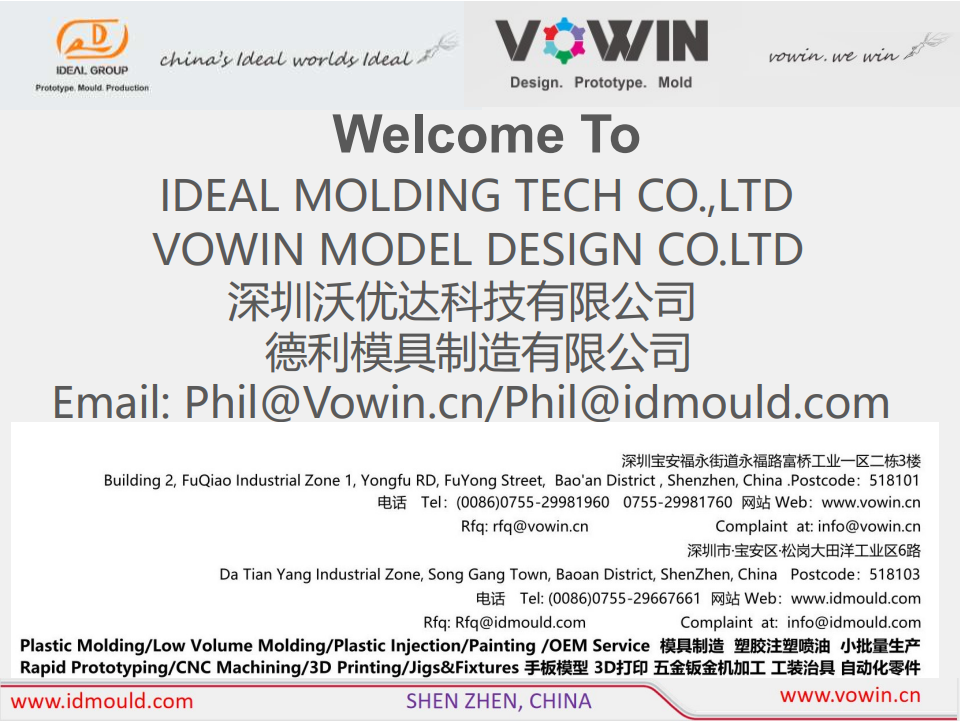Resources
What is automotive hot stamping and molding technology?
Release time:2023-09-20
What is automotive hot stamping and molding technology?
Hot press molding, referred to as thermoforming, is a new technology in recent years specifically for automotive high-strength steel plate stamping molding parts, this technology has an irreplaceable role in improving the safety of the entire car body and realize the body lightweight.
Stamped parts made by hot press molding technology have outstanding features: the effective yield strength of hot formed parts can reach 1600MPa, almost no rebound under high temperature molding, high molding accuracy, good molding performance and other advantages. Therefore, it has attracted widespread attention in the industry and rapidly become a popular technology in the field of automobile manufacturing.

The five major processes of hot press molding are as follows:
1. Drop material
Drop material is the first process in hot stamping molding, the plate stamping out the required outer contour of the blank.
2. Austenitization
Austenitizing includes two stages of heating and holding. The purpose of this process is to heat the steel plate to a suitable temperature, so that the steel plate is completely austenitized and has good plasticity.
3. Transfer
Transfer means to take the heated steel plate out of the heating furnace and put it into the thermoforming mold. In this process, it must be ensured that the steel plate is transferred to the mold as quickly as possible, on the one hand, in order to prevent oxidation of the steel plate at high temperatures, and on the other hand, to ensure that the steel plate is still at a high temperature in the molding, in order to have good plasticity.
4. Stamping and hardening
After the steel plate is put into the mold, the steel plate should be stamped and molded immediately, so as not to affect the molding performance of the steel plate when the temperature drops too much. After forming the mold to close the mold to keep pressure for a period of time, on the one hand, in order to control the shape of the parts, on the other hand, the use of the cooling device set in the mold for quenching the steel plate, so that the parts to form a uniform martensitic organization, to obtain good dimensional accuracy and mechanical properties.

5. Follow-up treatment
After the molded parts are taken out of the mold, it is also necessary to carry out some subsequent processing, such as the use of pickling or shot blasting to remove the oxide skin on the surface of the parts, as well as cutting edges and drilling the parts. Hot stamped parts due to the intensity is too high, can not use the traditional means of its edge cutting and drilling process, but must be completed with laser technology.
Common automotive hot stamping parts: door impact beams, front and rear bumpers and other safety parts, as well as A-pillar, B-pillar, C-pillar, center channel and other structural parts of the car body, ultra-high body strength so that the vehicle in the event of a collision, the vehicle will be able to protect the life of the occupants of the space and the effective transfer of the collision energy to reduce damage to the human body.
If you have project needs, please contact us!


Posts by Topic
Recent Posts
- What affects injection mold machining accuracy and productivity?
- Shenzhen top five mold manufacturers: how plastic products are processed and produced?
- Shenzhen Ideal Vowin mold manufacturer: how to effectively improve the precision of mold processing?
- Chrome plating, a process that makes cars stylish
- What is automotive hot stamping and molding technology?
- What is the difference between a hot runner and a cold runner in the mold?
- Automotive stamping die in large, precision and other areas of progress is obvious, the rapid development of plastic and rubber molds
- The top ten problems that are likely to occur in the mold testing process














